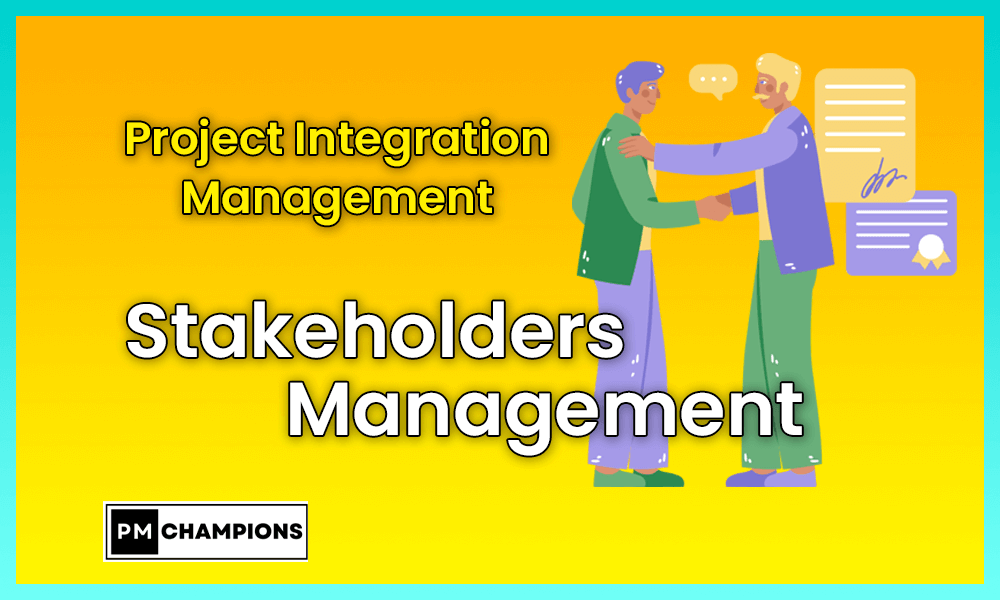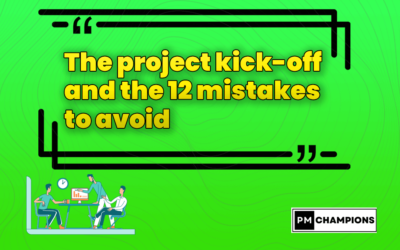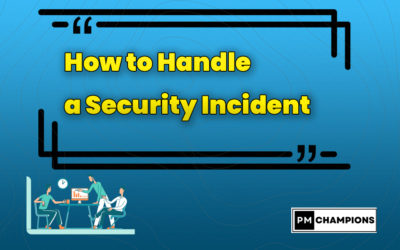“Coming together is a beginning; Staying together is progress; Working together is success“
Henry Ford
What is a stakeholder?

Agility:
Identify stakeholders
Communication
Communication is a:
- Exchange of information
- intentional or unintentional
- can be written or spoken
- Formal or informal
- directly or through a media.
It can take various forms, such as:
- An Idea
- an instruction
- an emotion, without necessarily being expressed verbally.
The project manager has a major responsibility to deliver the right messages, at the right time and in the most relevant way to the right recipients.

However, there are several risks associated with communication, such as:
- Misunderstanding
- Misunderstanding
- Misinterpretation
- Dilution
- Diversion
- compartmentalization.
Therefore, the project manager must ensure that:
- Have a clear set of objectives in your communication (the purpose of the communication).
- Carefully select your audience (who receives the message and for what purpose).
- Tailor the tone and level of detail to the target audience.
- Verify the accuracy of the information provided and maintain credibility and professionalism.
- Choose the right means and/or channel of communication (phone, email, meeting, etc.).
- Maintain an appropriate pace and find the right balance of information, consistent with objectives.
- Be open to questioning your communication based on feedback received (or lack thereof).
The project manager relies on the governance of the project for certain key communication moments, both upstream and downstream of the bodies or for certain milestones.
These deadlines are predictable and are an integral part of the default project communication plan.
However, structured and organized communication alone is not enough to build strong relationships with stakeholders.
The project manager must therefore ensure that an appropriate balance is maintained between:
- Collective and individual communication.
- Formal and confidential communication.
Zoom: the traceability of exchanges
It is important to give priority to the written word in the exchanges, because unlike the spoken word, the written word remains.

Except in the case of informal “off” communication, it is recommended to opt for written exchanges, and when oral communication is necessary, it is essential to record the information in a report.
The written word offers essential traceability and objectivity in the event of disagreements or difficulties.
In the same spirit, it is preferable to avoid synchronous communication tools such as instant messengers for important exchanges : the use of e-mail is to be preferred.
A few tips
1: Hierarchical support
Project stakeholders are often prioritized, sharing a common thread.
The management of the project manager naturally involves informing management about progress and soliciting it in the event of an escalation, such as in a crisis situation.

However, the presence of management can also play a mitigating role in the event of asymmetrical or complex relationships between project stakeholders, by offering reassurance, taking a step back or trade-offs, for example.
The project manager can request this support throughout the project to ensure that it runs smoothly.
2: Don’t cross the line
The principle, inspired by P&G (Procter & Gamble) methods, is simple: the project ecosystem is represented in the form of a table.
The rows correspond to the different hierarchical or functional layers of the project, while the columns represent the stakeholders.

Each actor is positioned in the box that corresponds to him/her. The DCL (Right of Lateral Communication) lays down several rules: actors have the right to communicate with adjacent squares, either vertically or horizontally, but they cannot do so diagonally or by jumping adjacent squares.
This method can be used for a variety of purposes, such as project framing, escalation process, and more.









0 Comments